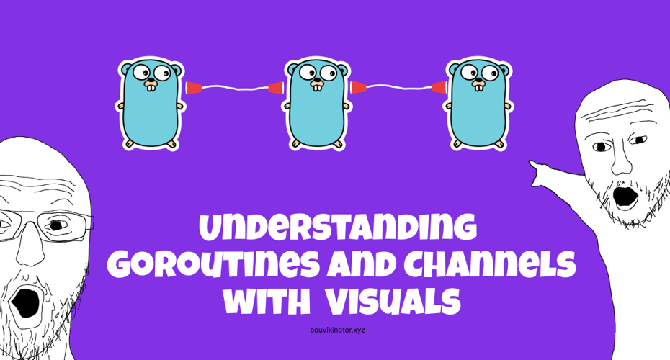Dev
3w
188

Image Credit: Dev
Understanding Goroutines and Channels in Golang with Intuitive Visuals
- This article provides an understanding of goroutines, channels, and buffered channels in Go. It includes practical examples and visualizations to help readers understand how to use these tools effectively. Readers are encouraged to run every example and experiment with the code, as well as to build mental models of the concepts covered. The article starts with a simple program that downloads multiple files, which takes six seconds to complete. It then shows how to use goroutines to launch downloads concurrently to reduce the wait time.
- Channels in Go are a powerful concurrency primitive used for communication between goroutines. They provide a way for goroutines to safely share data. Channels are blocking by nature, and a send to channel operation ch <- value blocks until some other goroutine receives from the channel. The article explains how to fix the deadlocks that can occur when using channels, such as main not waiting for others issue and how two goroutines can communicate.
- The article also covers sync.WaitGroup, a concurrency control mechanism used to wait for a collection of goroutines to finish executing. It shows visualizations of how the WaitGroup maintains an internal counter, and the main goroutine is blocked at Wait() until the counter hits 0. The article then explores buffered channels and their properties, such as sending up to its capacity without blocking the sender. Readers learn when to use buffered channels versus unbuffered channels based on purpose, blocking behavior, performance, and complexity.
- Key takeaways from the article include using buffered channels for decoupling sender and receiver timing, improving performance, and when the application can tolerate delays in processing messages when the buffer is full. Use unbuffered channels if there must be immediate synchronization between sender and receiver, when simplicity and immediate hand-off of data is required, and the interaction between sender and receiver must happen instantaneously. With these fundamentals, the article sets the stage for more advanced concepts like concurrency patterns, mutex, and memory synchronization.
Read Full Article
11 Likes
For uninterrupted reading, download the app